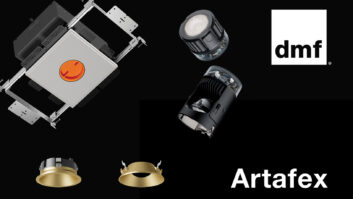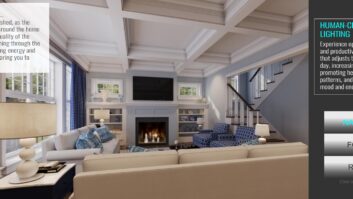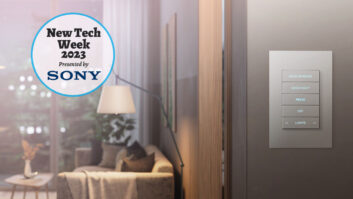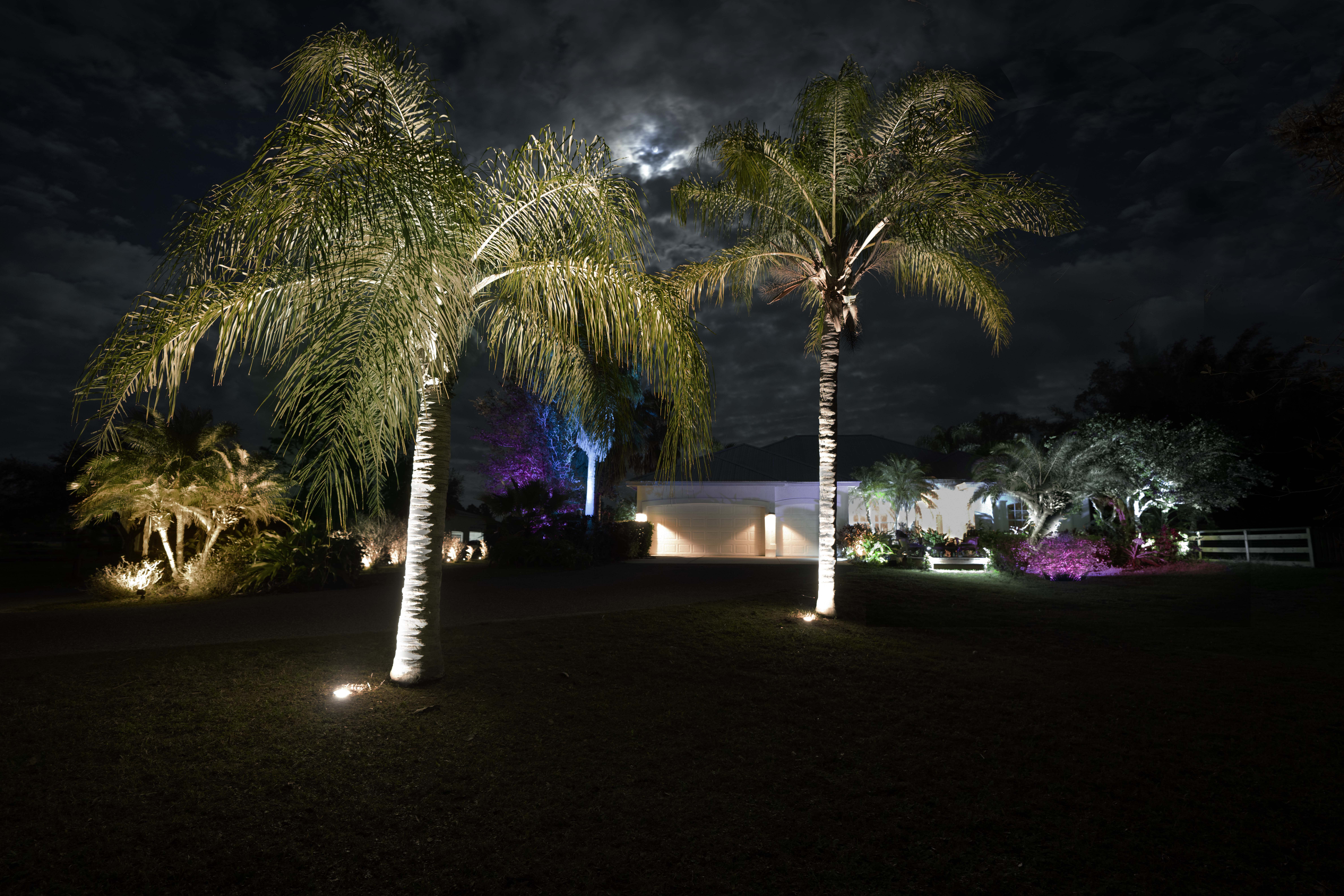Warrenton, VA — The Energy Independence and Security Act of 2007s efficiency regulations aimed at 40-100W incandescent light bulbs have become well known since the Acts passage last November. But another significant provision targets reflector lamps, and it goes into effect in June of this year.
Reflector lamps are cone-shaped light bulbs that are very common in residential construction. The cone is layered with a reflective coating on the outer bulb that directs the light in a desired direction and beam pattern (spot, flood, etc.). These bulbs are typically used in downlights (ceiling-recessed cans) and track lighting.
The Home Lighting Control Alliance (HLCA) has published a new whitepaper for consumers, integrators, builders and architects on its website, www.homelighting-control.org, describing the Acts efficiency provisions that will eliminate popular consumer reflector lamp choices for millions of sockets in the United States.
Starting June 16, manufacturers will stop making lamps that do not comply with the Acts efficiency standards, with some significant exceptions. The result is popular incandescent reflector lamps will be eliminated, shifting demand to halogen, incandescent exceptions and compact fluorescent lamps (CFLs).
Unlike the Acts provisions that will eliminate general-service light bulbs starting in 2012, the provisions targeting incandescent reflector lamps enable consumers to switch to halogen choices that provide higher efficiency, excellent lighting quality, longer lamp life and easy dimming, said Gary Meshberg of Lightolier Controls and chair of HLCA.
He added that dimming reduces a light bulbs average input watts by 20 percent, according to a study by Heschong Mahone Group, while increasing lamp life. This makes dimming a significant green method for increasing energy savings and contributing to a home lighting systems level of sustainability, Meshberg pointed out.
However, if CFLs are substituted, consumers must take note that the given bulb must be explicitly rated as dimmable if it will be dimmed. In addition, because of issues with current dimmable CFL technology, HLCA does not recommend dimmable CFLs for use with line-voltage dimming controls for consumers expecting optimal dimming performance, he concluded.







